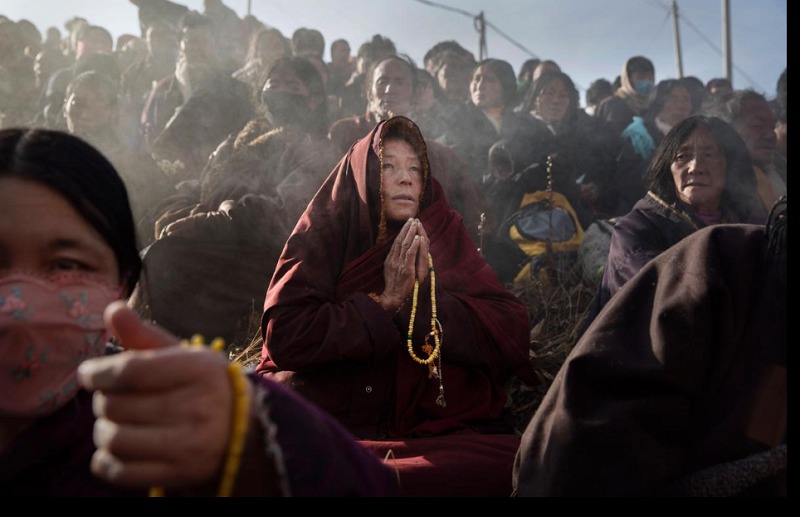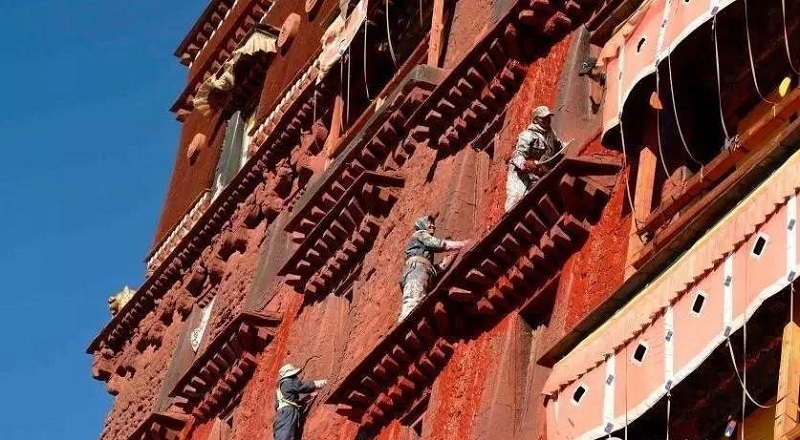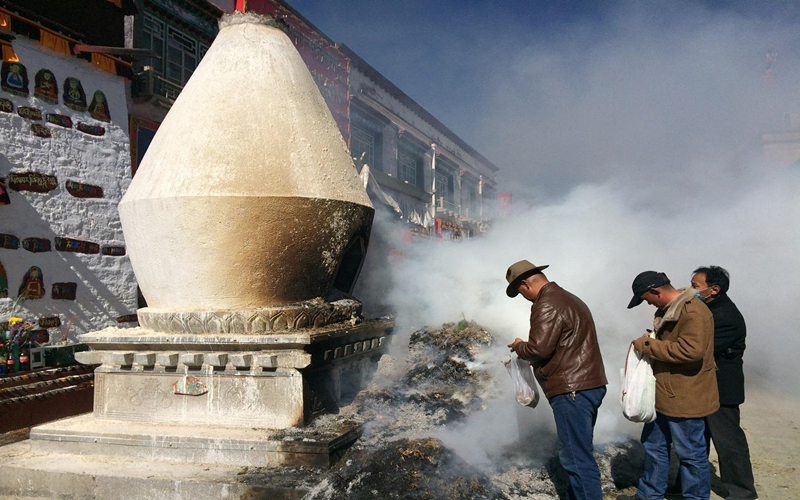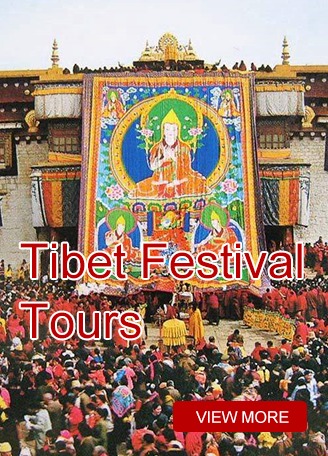Lhabab Duchen
- by Catherine
- Last Updated: 2023-10-20
Lhabab Duchen is Tibetan, which is Buddha's Descent Day. Tibetan Buddhism believes that September 22nd of the Tibetan calendar is the day when the founder of Buddhism, Sakyamuni, returned to the world. It is one of the four major Sakyamuni Festivals. The other 3 are the Great Prayer Festival in the 1st Tibetan month, Saga Dawa Festival in April, and Chokor Duchen Festival in early June. In order to commemorate this day, Tibetan Buddhists hold Buddhist activities in various temples every year to greet Buddha's return, promote the Dharma, and save all living beings. And the religious masses should reverently pray, turn their prayer wheels, and provide offerings in order for protection.

Origin
According to the Tibetan Buddhism doctrine, "Lhabab Duchen" is the day when Buddha Sakyamuni returns to earth. Another saying is that when Sakyamuni was 7 years old, he rose to thirty-three levels of the heavens and repaid his mother's grace (Madam Maya) by preaching. After that, Sakyamuni returned to the ancient Indian Kingdom of Kashi on this day. And this day is called "descent from heaven" or "Buddha returns" day.
Preparations
White is the color admired by Tibetans and a symbol of happiness and beauty. In Tibet, the snowy mountains are white, the clouds are white, the wool is white, the zanba is white, and the Hada is also white. Whitewashing houses in cities and villages means that the plateau is a pure land of Buddhism and that the people here are kindness tendency, sincere and pure. If Buddha sees it from heaven, he will make a resolution to come back.
Traditionally, in preparation for Lhabab Duchen, Tibetan temples of all sizes have their outer walls painted. During this period, believers will spontaneously donate milk, brown sugar, etc. as painting. Tibetan religious believers also clean up the dust of their own prayer rooms, burn incense and worship Buddha, Looking forward to the arrival of the Buddha.

Prayer Activities
One of the most important prayer activities on the "Lhabab Duchen Festival" is to burn incense. As long as there is a place to burn incense, the pilgrims will put their cypress branches into the stove, and sprinkle the barley grains, zanba, pour ghee, and so on.

On this day, Tibetan Buddhist monasteries will hold a variety of Buddhist activities, chanting, and worshiping, to commemorate the Buddha‘s descent. In Lhasa, Tibet, monks hold solemn meetings to make chopa to Buddha statues at the Jokhang Temple, Ramoche Temple, and the Potala Palace, and offer alms-giving at the Drepung, Sera and Ganden monasteries, praying for a return.
The believers also offer sacrifices or provide assistance to the poor, according to their financial resources. Since early morning, thousands of worshippers have been lining up at the gate of the Jokhang temple in Lhasa, waiting to worship the statue of Sakyamuni Buddha in the temple and add ghee to the lamps, praying for the Buddha's blessing of happiness and safety for their families. After worshiping the Buddha in Jokhang temple, the believers begin to turn the prayer wheels and pray, along the traditional Linkhor road route, through the Chokpori, Norbulingka, Potala Palace, etc.
Related Articles
- Tibetan Buddhism Prostration - How and Why to Make Prostrations
- Chokhor Duchen Festival
- How to Complete Mount Kailash Trek?
- Shigatse Climate and Weather
- Beijing to Lhasa Flight
- Tibet Facts
- Top Five Main Beliefs of Tibetan Buddhism
- Jowo Rinpoche: The Most Sacred Buddha Statue in Tibet
- Chongqing to Lhasa Train
- Mount Kailash
Email response within 0.5~24 hours.



